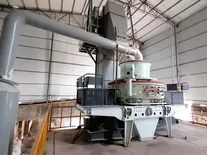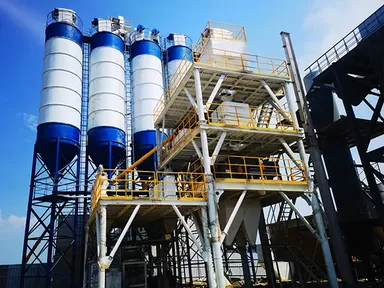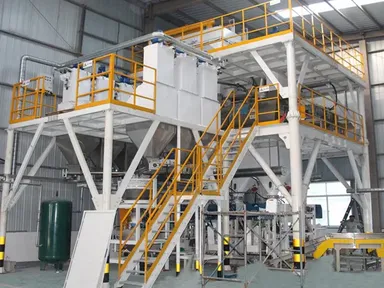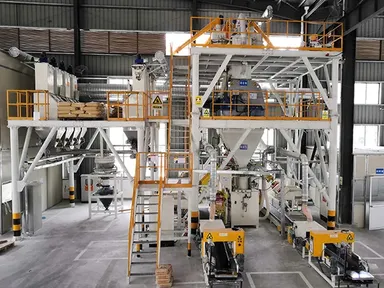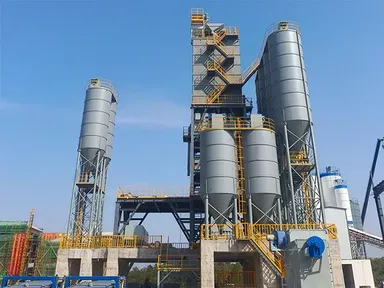Specifications
| Model | Grinding roller | Milling ring | Max. input size
(mm) | Particle size
(mm) | Motor power
(kW) | Capacity
(t/h) | Dimensions
(mm) |
| Number of grinding rollers (pcs) | Diameter
(mm) | Height (mm) | Inner diameter
(mm) | Height
(mm) |
| HG7815 | 3 | 260 | 150 | 780 | 150 | 15 | 0.613-0.033 | 18.5 | 1-3 | 4300×3500×5100 |
| HG9517 | 4 | 310 | 170 | 950 | 170 | 25 | 0.613-0.033 | 37 | 2.1-5.6 | 7100×5900×7900 |
| HG4121 | 5 | 410 | 210 | 1280 | 210 | 30 | 0.613-0.033 | 75 | 2.8-10.5 | 9200×7250×9700 |
| HG160 | 6 | 440 | 270 | 1600 | 270 | 35 | 0.613-0.033 | 132 | 5-20 | 12550×5700×8350 |
| HG175 | 5 | 520 | 280 | 1750 | 280 | 40 | 0.6-0.045 | 160 | 13-25 | 12275×9555×9916 |
How It Works
Materials are fed into the grinding chamber, where high-speed rollers press them against a rotating grinding ring. As the material is crushed, fine particles are lifted by airflow and collected for further processing or packaging. The system operates under controlled conditions, ensuring precision and efficiency while minimizing dust emissions.
Features
- Its optimized energy utilization ensures high productivity while keeping power consumption low, making it both efficient and cost-effective.
- Equipped with safety systems, including overload protection and temperature control, to maintain stability and reliability during continuous operation.
- An integrated airflow system transports ground material through a classifier, ensuring consistent particle size distribution with precise separation.
- Adjustable operational parameters allow fine-tuning of feed rate, roller-to-table distance, and airflow speed to optimize grinding efficiency and achieve the desired particle size.







